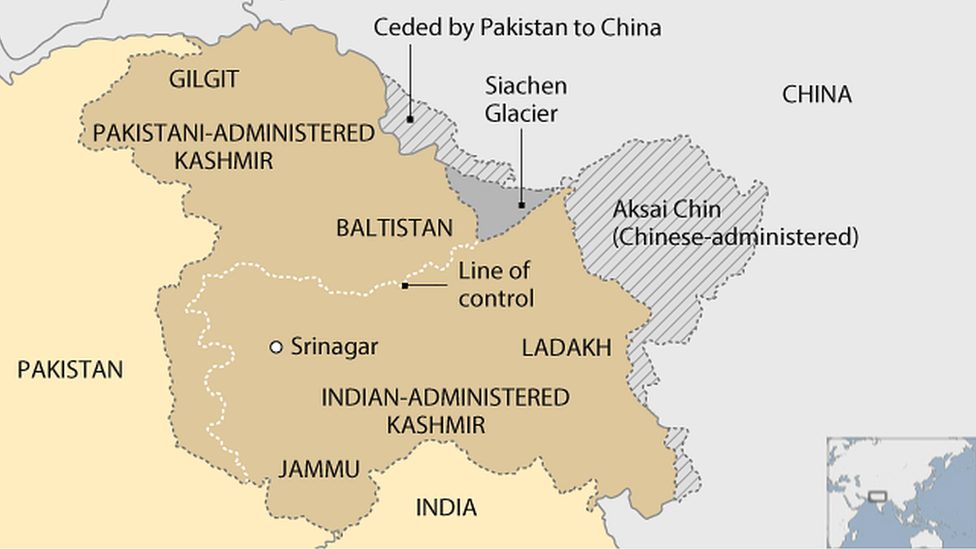The Line of Control (LoC) has long been a flashpoint between India and Pakistan, but beyond the artillery duels and ceasefire violations, a far more insidious war is being waged one fought with deception, disinformation, and false flag operations. India has repeatedly staged incidents to justify aggression, vilify Pakistan, and distract from its own failures in occupied Kashmir.
False flag operations covert actions designed to deceive and pin blame on an adversary have become a recurring strategy in India’s playbook. From fabricated infiltration stories to staged encounters, Indian security forces have consistently used such tactics to justify military escalations and demonize Pakistan on the global stage.
One of the most alarming aspects of this strategy has been the planting of improvised explosive devices (IEDs) along the LoC. Since 2016, over 54 incidents of IED placement by Indian forces have been recorded in key sectors like Chakothi, Neza Pir, and Chirikot. These deadly explosives have claimed innocent lives, yet India continues to blame Pakistan for the very attacks it engineers.
India’s military-intelligence complex has actively engaged in smuggling weapons and drugs across the border often using double agents. These individuals, once their purpose is served, are eliminated and conveniently labeled as “Pakistani infiltrators” in staged encounters.
A telling example came in November 2022, when a leaked video surfaced showing an Indian soldier being shot after he was caught hiding an arms cache a direct attempt to manufacture evidence against Pakistan. Such operations serve a dual purpose: internal propaganda to justify aggressive military actions in Kashmir and external disinformation to frame Pakistan as a terror sponsor.
At the heart of these false flag operations lies a more sinister goal: the suppression of Kashmiri resistance. India has intensified efforts to change the demographic landscape of occupied Kashmir by forcibly seizing local property under the guise of “security concerns,” arresting dissenters and labeling them as militants, and engineering cross-border conflicts to maintain military presence. By fueling instability in Azad Jammu & Kashmir, India seeks to drive a wedge between the local population and Pakistan’s military, further complicating the Kashmir issue.
India’s use of deception is not limited to Kashmir. The assassinations of Hardeep Singh Nijjar in Canada and the attempted killing of Gurpatwant Singh Pannun in the U.S. reveal an international pattern of covert operations. These acts, carried out under the directives of Indian intelligence, have led to diplomatic fallout with Western nations.
While India continues its deceptive maneuvers, Pakistan has pushed back diplomatically, presenting concrete evidence of ceasefire violations, smuggling, and staged operations to the United Nations and global watchdogs. However, the real battle is in countering the misinformation war ensuring that the world sees beyond the false flags. The question remains: how long will India’s silent war go unnoticed?


